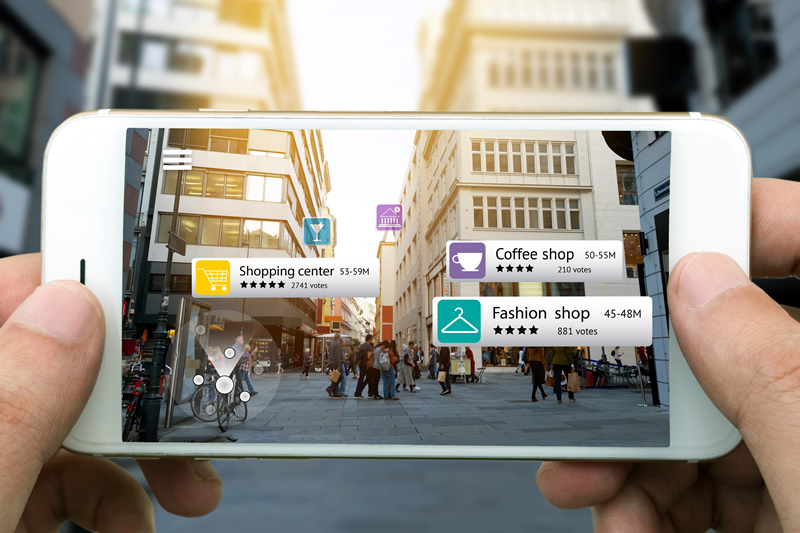
In an era where visual content dominates the digital landscape, Google Lens has emerged as a powerful tool for visual search and discovery. Leveraging the advancements in artificial intelligence and machine learning, Google Lens enables users to explore the world around them simply by pointing their smartphone camera at objects, text, or images. With upcoming changes to Google Lens, marketers can unlock new opportunities to engage with their target audience, enhance brand visibility, and drive conversions.
The Evolution of Google Lens:
Since its introduction, Google Lens has continuously evolved to offer an immersive visual search experience. Originally launched as a feature within Google Photos, it quickly expanded to its standalone app and integrated into Google Assistant and Google Search. The upcoming changes to Google Lens are set to revolutionize the way users interact with visual content, opening new avenues for marketers to connect with their audience.
Upcoming Changes and Their Impact:
Enhanced Image Recognition: Google is investing in advanced image recognition capabilities for Google Lens. This improvement will allow users to identify and learn more about specific objects, landmarks, and products by simply capturing them with their smartphone camera. Marketers can leverage this feature by optimizing their product images, packaging, and branding to ensure maximum visibility and accurate recognition within Google Lens.
Visual Shopping and Product Discovery: Google Lens will enable users to seamlessly discover and shop for products directly from visual search results. By integrating with e-commerce platforms, Google Lens will provide users with real-time product information, pricing, and availability. To leverage this, marketers should optimize their product catalogs and ensure a smooth and visually appealing shopping experience, enhancing the chances of conversions through Google Lens.
Augmented Reality (AR) Integration: Google is incorporating augmented reality elements into Google Lens, allowing users to experience interactive and immersive content. Marketers can capitalize on this by developing AR experiences that align with their brand and product offerings. By leveraging AR, marketers can provide unique and engaging experiences, bridging the gap between the physical and digital worlds.
Visual Translation: Google Lens will continue to evolve its visual translation capabilities, making it easier for users to understand and interact with foreign languages. Marketers can tap into this feature by ensuring their brand messaging, product descriptions, and promotional materials are localized and easily accessible to international audiences. This will enable marketers to effectively expand their reach and connect with diverse markets.
Strategic Opportunities for Marketers:
Visual SEO Optimization: With the changes to Google Lens, marketers should prioritize visual search engine optimization (SEO). This involves optimizing images, product visuals, and relevant metadata to ensure maximum visibility in visual search results. Incorporating descriptive alt text, optimizing image file names, and using structured data markup are crucial steps to enhance the discoverability of visual content.
Visual Content Marketing: As visual search becomes more prominent, marketers should invest in creating visually appealing and informative content that aligns with their target audience’s preferences. This includes high-quality product images, instructional videos, and visually engaging social media posts. By providing visually captivating content, marketers can capture user attention and drive engagement.
AR-driven Experiences: Marketers can harness the power of AR integration within Google Lens to create immersive experiences that showcase products or engage users in interactive storytelling. AR-driven campaigns, virtual try-on experiences, or interactive product demonstrations can foster deeper connections with consumers and boost brand loyalty.
Influencer Partnerships: Collaborating with influencers who have a strong visual presence and expertise can amplify brand visibility and encourage user engagement with Google Lens. Influencers can showcase products through visual search, share their experiences, and endorse brands, driving awareness and credibility among their followers.
The upcoming changes to Google Lens present an array of strategic opportunities for marketers to capitalize on this evolving technology. By optimizing visual content, embracing AR integration, and leveraging visual SEO techniques, marketers can enhance brand visibility, drive conversions, and engage with their target audience in new and innovative ways.

Recent Comments